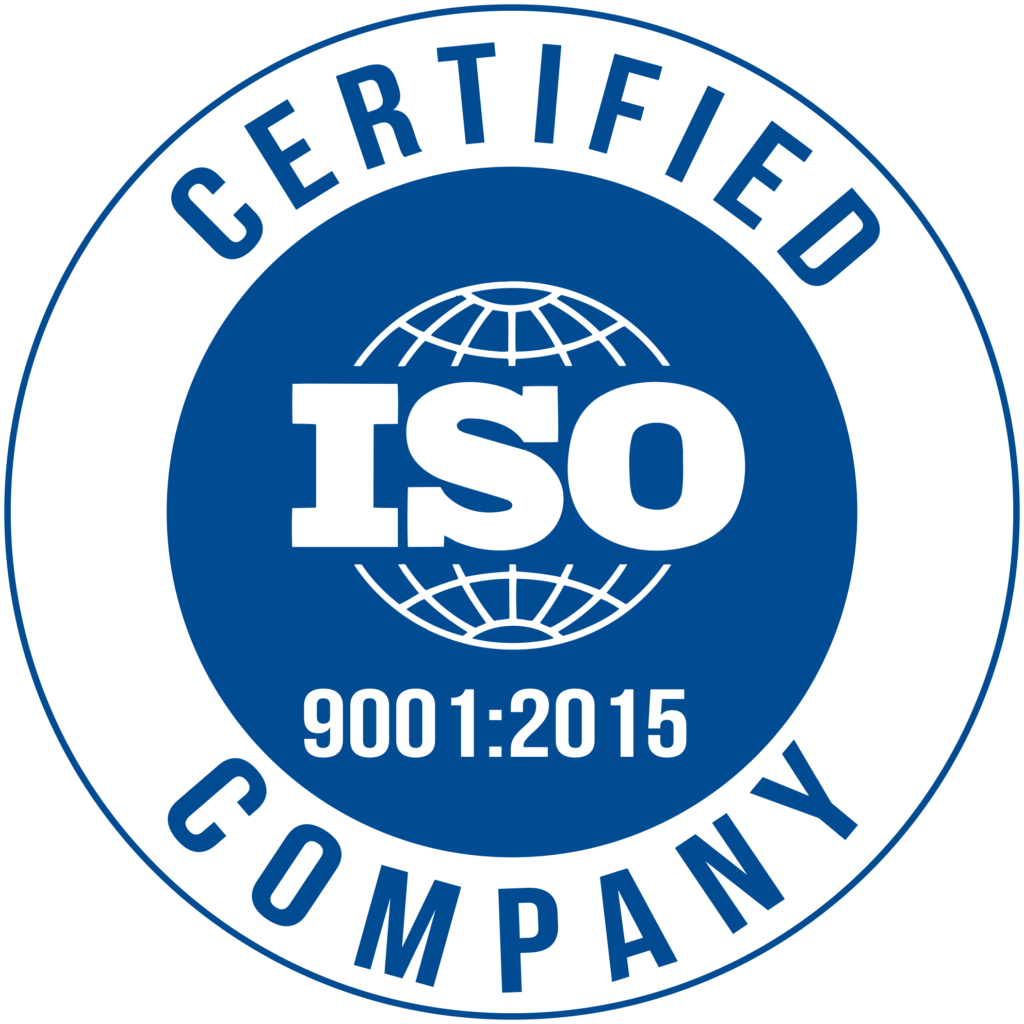CWRDM (Centre for Water Resources Development and Management) collaborated with Calpar to develop CWRDM-ICNMS (Integrated Crop Nutrient Management Software). The project involved building a robust web application using Microsoft .NET and MS SQL on the backend, while Angular and HTML5 were used on the frontend. As a result, CWRDM-ICNMS became a comprehensive tool that generates nutrient recommendations for crops in Kerala by considering several farm inputs and outputs. In this case study, we explore the details of this transformative project and highlight the key features that empower the farming community with effective crop nutrient management.
Decision Support System for Nutrient Management
Calpar recognized the need for a powerful yet user-friendly web application to support the nutrient management requirements of the farming community. Therefore, CWRDM-ICNMS acts as a decision support system that provides farmers with nutrient recommendations for various crops in Kerala. It considers inputs such as chemical fertilizers, organic manures, atmospheric deposition, and nitrogen fixation. It also analyzes outputs including crop produce, residues, leaching, volatilization, and erosion. Consequently, the system calculates the nutrient balance and generates cost-effective, eco-friendly recommendations for nutrient management.
Technology Stack
The web application was developed using Microsoft .NET and MS SQL on the backend, which ensures a reliable and scalable infrastructure capable of handling complex calculations and data management. On the frontend, Angular and HTML5 were used to create a modern and intuitive user interface. Together, this technology stack enables efficient data processing and a smooth user experience.
Nutrient Balance Calculation
CWRDM-ICNMS performs nutrient balance calculations by considering all the inflows and outflows from the farm. Moreover, the system evaluates several factors such as chemical fertilizers, organic manures, atmospheric deposition, nitrogen fixation, crop produce, residues, leaching, volatilization, and erosion. As a result, the system generates nutrient balance reports that offer valuable insights for optimal nutrient management.
Nutrient Recommendation
The web application provides nutrient recommendations for both organic and inorganic nutrient sources. Based on the nutrient balance calculations, CWRDM-ICNMS gives farmers practical and cost-effective guidance for nutrient management. These recommendations aim to enhance nutrient use efficiency, improve crop productivity, and increase profitability. Additionally, they support the conservation and sustainable management of natural resources.
Eco-friendly Conservation and Management
CWRDM-ICNMS promotes eco-friendly conservation and management practices by optimizing nutrient use efficiency. By offering accurate recommendations, the system reduces the risk of over-fertilization. Consequently, it minimizes environmental impacts related to nutrient leaching, volatilization, and erosion. This helps farmers adopt sustainable practices that protect natural resources and support a greener agricultural sector.
Result and Success
The collaboration between Calpar and CWRDM resulted in the creation of CWRDM-ICNMS, a powerful web application that transforms crop nutrient management. The decision support system delivers accurate nutrient balance insights and practical recommendations, helping farmers optimize their practices. Furthermore, the platform—built with Microsoft .NET, MS SQL, Angular, and HTML5—is reliable, user-friendly, and scalable, ensuring efficient data processing and a seamless experience.
Conclusion
Through the collaborative efforts of Calpar and CWRDM, the web application CWRDM-ICNMS was developed to effectively empower the farming community with improved crop nutrient management. Moreover, the decision support system calculates nutrient balance, generates nutrient recommendations, and encourages eco-friendly conservation practices. Additionally, with technologies like Microsoft .NET, MS SQL, Angular, and HTML5, the application offers valuable insights that help farmers achieve higher nutrient use efficiency, better crop productivity, and greater profitability—while also safeguarding natural resources.




